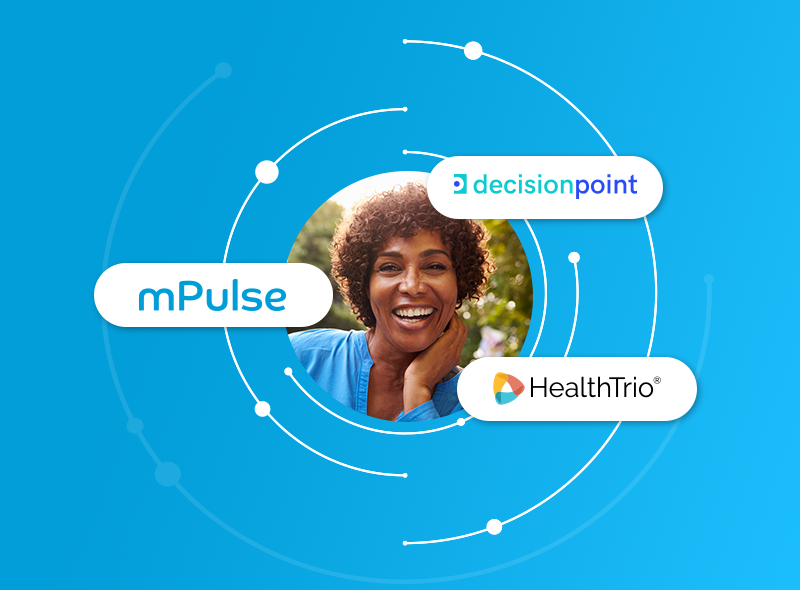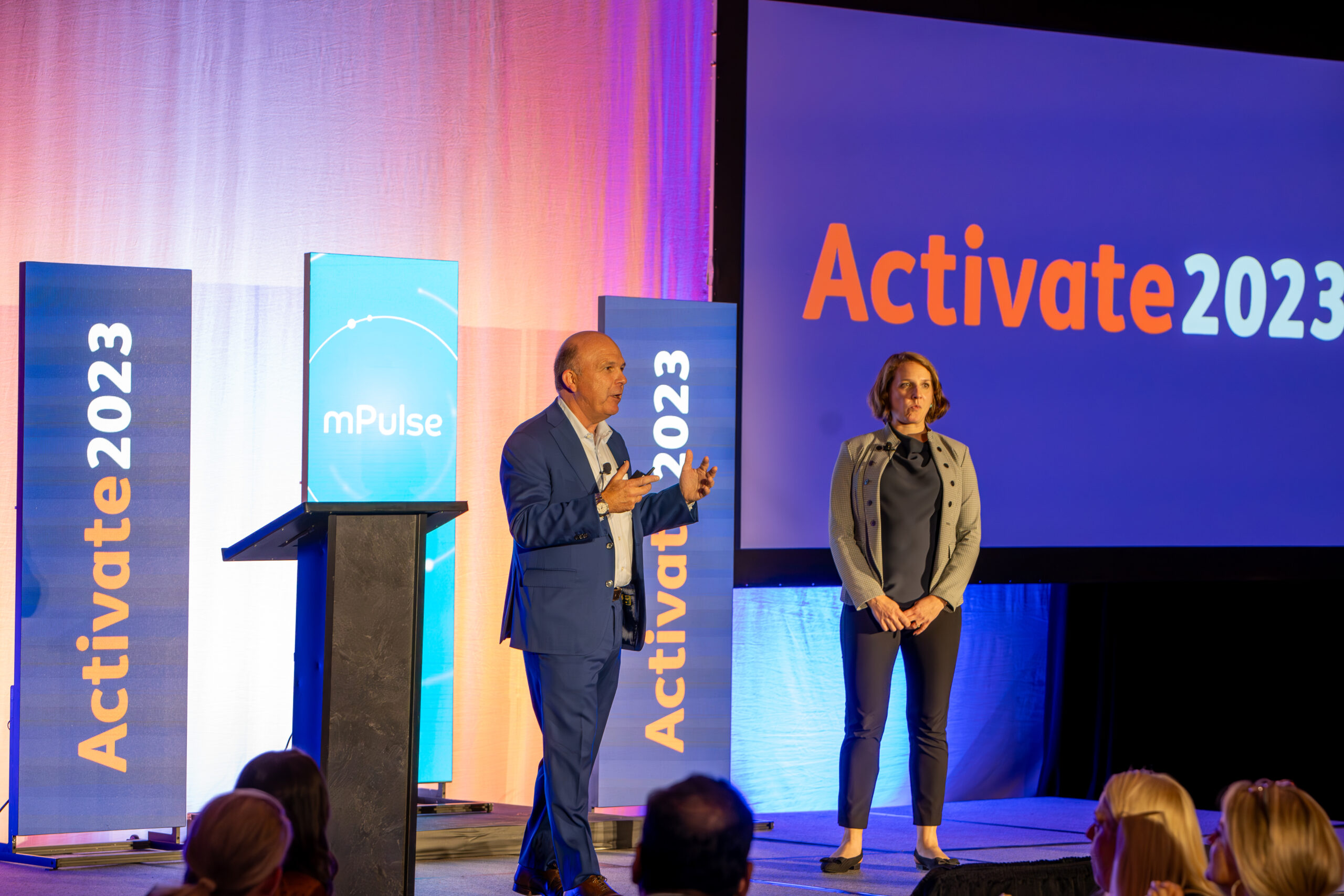This week, in the continuation of our new blog series, we’re taking a closer look at the impact of mobile appointment reminders.
No-Show Woes Reduced by mPulse Mobile Appointment Reminders
According to mPulse Mobile’s new Outcomes Report, even well run clinics, with all the technology now available, experience a 12 percent average daily no-show rate.
Determined to make a dent in that disturbing statistic, a world-class Integrated Delivery Network (IDN) approached the matter proactively and with an eye toward technology. The IDN had been delivering appointment reminders via automated telephone calls, but it was neither the most consumer-friendly nor most effective solution.
In an effort to reduce no-shows, the IDN contacted mPulse Mobile, whose expertise aligns with the shifting trend towards text as the consumer preferred channel of communication. Per the findings of a 2016 survey by Sequence, when it comes to communications with healthcare providers, text messages are now preferred over phone calls by a majority of patients.
What mPulse Mobile proposed was its Appointment Reminder solution which delivers personalized, interactive, and automated message workflows for appointment reminders, no-show follow-ups, and satisfaction surveys. Targeted were all patients with scheduled appointments who had provided their mobile numbers at registration (which represented more than 30,000 appointments per month).
The mPulse Mobile Appointment Reminder solution offered patients the option of initiating a rescheduling workflow by replying ‘RS’ to a reminder message. No-shows triggered automated messages to patients and initiated a rescheduling workflow.
Introduction of this text reminder program drastically reduced no-show woes. The no-show rate was cut by 16 percent, generating a positive ROI. Additionally, 2.5 percent of patients used the ‘RS’ reschedule functionality 1 to 3 days before their appointments. This reschedule functionality improved overall slot fills.
Patients were extremely happy with the solution. Not only was the patient satisfaction rate for the program pegged at 97 percent, the program opt-out rate was a mere 2 percent.












